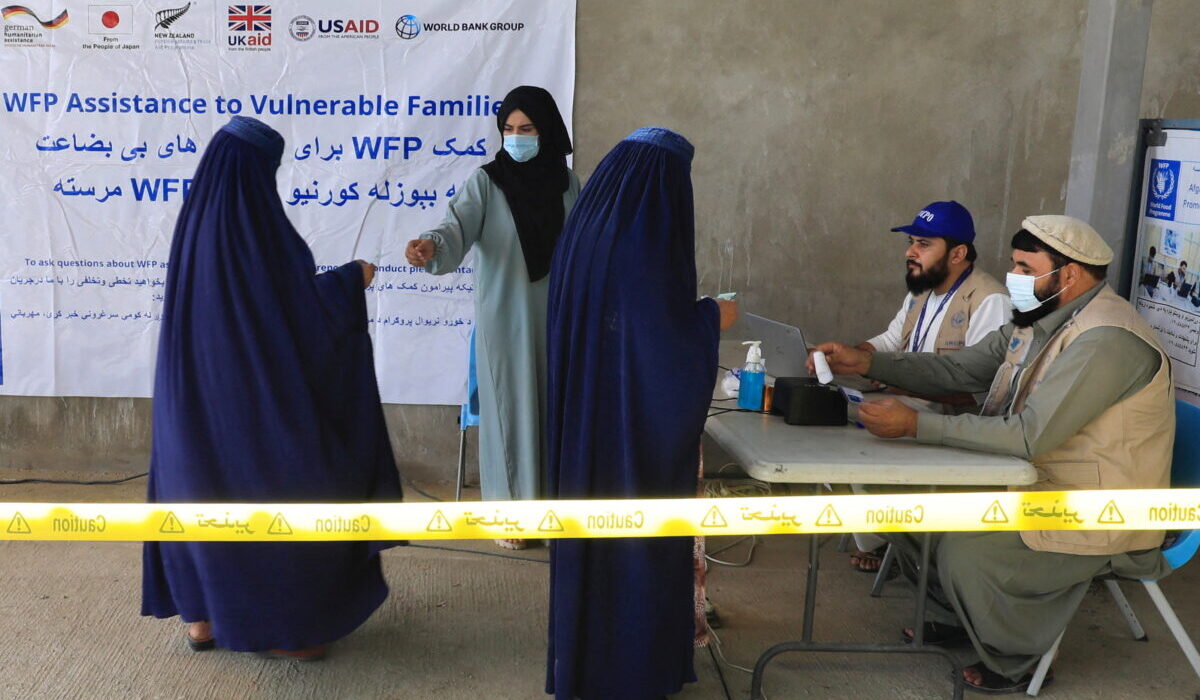KABUL, Afghanistan — The abrupt suspension of U.S. foreign assistance to Afghanistan has left critical funding shortfalls across humanitarian and development sectors, posing a growing risk to vulnerable communities, according to a new report by ACAPS, an independent humanitarian analysis organization.
The report highlights the “sudden and disruptive” nature of the aid freeze and warns that unless alternative sources of funding are found, Afghanistan could see a sharp rise in humanitarian needs, a rollback of development gains, and reduced access to essential services.
Despite a waiver announced on Jan. 28 allowing life-saving humanitarian programs to continue, ACAPS found that many organizations terminated operations due to vague guidance and poor communication around the waiver’s implementation. “Some organizations still terminated programmes even without receiving a termination notice,” the report said.
The report also confirmed that nearly all U.S. Agency for International Development (USAID) direct hires have been placed on administrative leave, and U.N. agencies and NGOs relying on U.S. funds have begun receiving termination notices.
Adding to the uncertainty, a leaked memo dated March 17 indicated the Biden administration’s intent to dissolve USAID by Sept. 30 and establish a new U.S. Agency for International Humanitarian Assistance within the State Department. The planned agency would focus on humanitarian response, disaster relief, global health, and food security. Programs related to democracy, religious freedom, civil society, and women’s empowerment would be folded into existing State Department offices.
According to internal documents cited by ACAPS, 36 percent of U.S. assistance to Afghanistan — including humanitarian funding and private contracts — has already been cut. ACAPS’ own review found that nearly 47 percent of humanitarian funding alone has been slashed, though it cautioned that the numbers may be higher, as some cuts are not reflected in public records.
The United States has been the single largest donor to humanitarian efforts in Afghanistan, providing nearly 44 percent of total reported funding in 2024, according to the U.N. Office for the Coordination of Humanitarian Affairs (OCHA).
With nearly half of Afghanistan’s population — about 23 million people — in need of assistance, the cuts come at a particularly precarious time. Aid agencies have already warned of worsening food insecurity and limited access to basic health services in many provinces.
“The international community must urgently step up to fill the gap,” the ACAPS report said, adding that continued instability in Afghanistan “will have long-term implications not only for the Afghan people but for regional and global security.”





